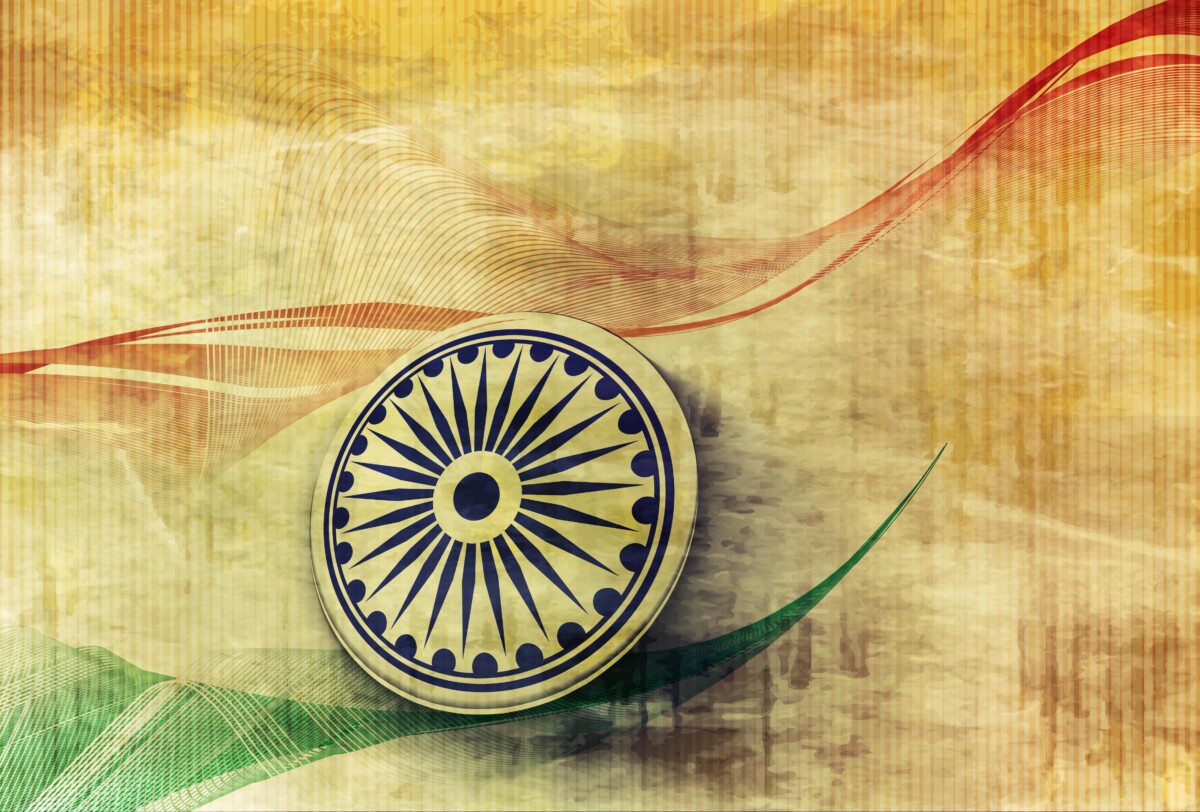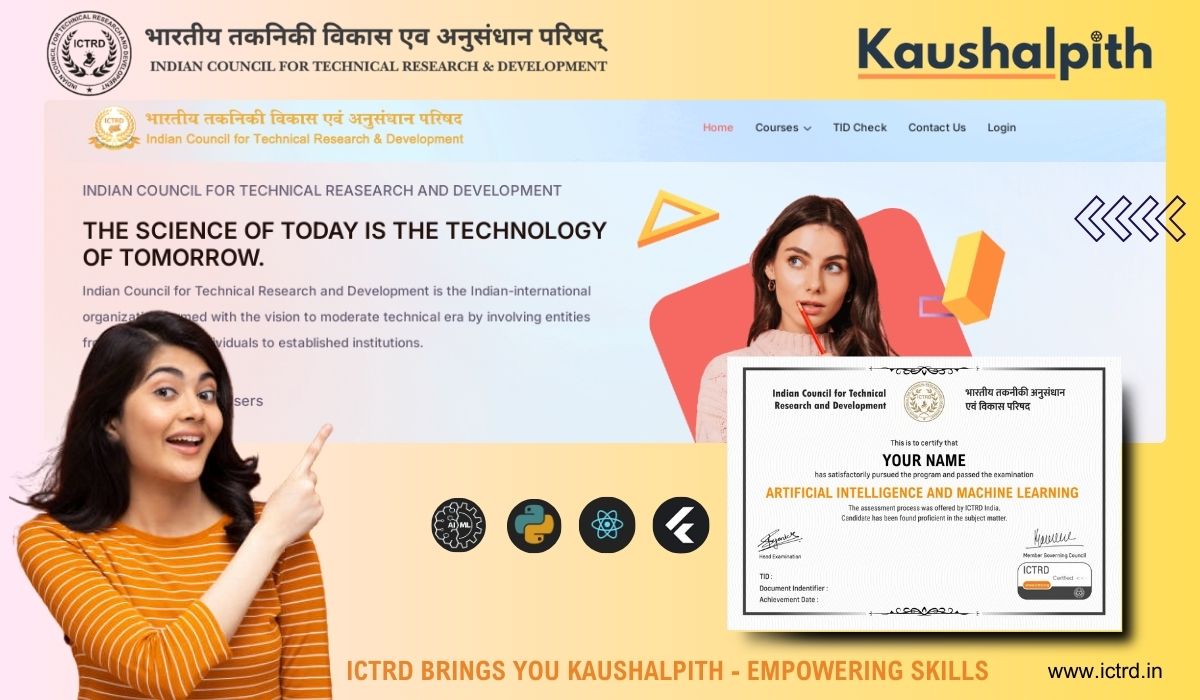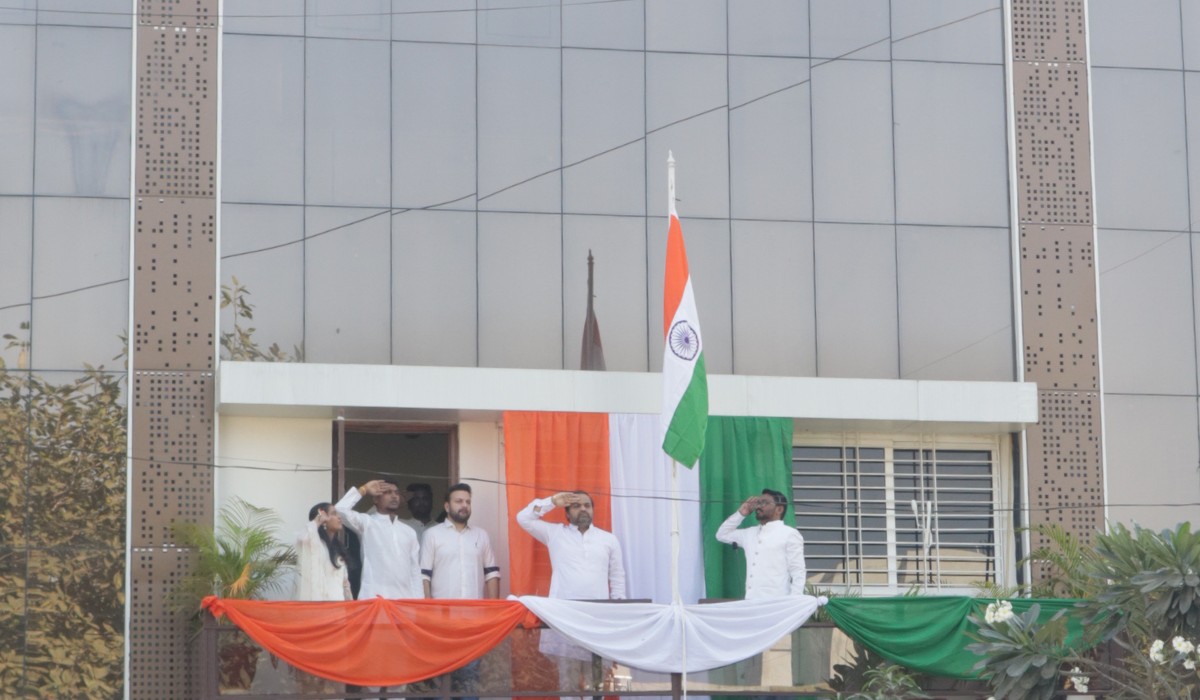India’s political system is a parliamentary democracy, which means that the government is elected by the people and is responsible to the parliament. This article outlines the processes for appointing key political figures in India, including the Prime Minister, President, Vice President, and members of the Lok Sabha and Rajya Sabha.
Prime Minister
Selection:
The Prime Minister of India is the leader of the party (or coalition) that has the majority in the Lok Sabha, the lower house of Parliament. After general elections, the President invites the leader of the majority party to form the government.
Appointment:
The Prime Minister is appointed by the President of India. The appointment is made formally, and the Prime Minister is required to take an oath of office.
Duration:
The Prime Minister serves a term of five years, but they can be re-elected for multiple terms. There is no limit on the number of terms a Prime Minister can serve.
President
Selection:
The President of India is elected by an electoral college, which consists of the elected members of both houses of Parliament (Lok Sabha and Rajya Sabha) and the elected members of the Legislative Assemblies of States and Union territories.
Appointment:
The President is formally appointed after being elected by the electoral college.
Duration:
The President serves a term of five years but is eligible for reelection.
Vice President
Selection:
The Vice President of India is elected by an electoral college consisting of the members of both houses of Parliament.
Appointment:
The Vice President is appointed after being elected and takes an oath of office.
Duration:
The Vice President serves a term of five years but can be re-elected for additional terms.
Lok Sabha (House of the People)
Selection:
Members of the Lok Sabha are directly elected by the citizens of India through general elections held every five years.
Appointment:
Once elected, members take an oath of office. The Speaker of the Lok Sabha is elected by the members from among themselves.
Duration:
Each member serves a term of five years, unless the Lok Sabha is dissolved earlier.
Rajya Sabha (Council of States)
Selection:
Members of the Rajya Sabha are not directly elected by the public. Instead, they are elected by the elected members of State Legislative Assemblies, and the President of India nominates a few members with special knowledge or practical experience in specific fields.
Appointment:
Members take an oath of office upon their election or nomination.
Duration:
Rajya Sabha members serve staggered terms of six years, with one-third of the members retiring every two years. There is no limit to the number of terms they can serve.
The political structure of India is designed to ensure that key positions in the government are filled through a democratic process. The Prime Minister, President, Vice President, and members of both houses of Parliament play crucial roles in the governance of the country, with terms and methods of selection that uphold the principles of democracy. Understanding this framework is essential for comprehending how India’s political system operates and how its leaders are chosen and held accountable to the public.
Also Read: Nita Mukesh Ambani: A Visionary Leader Shaping India’s Future











